Finally. As Justice Neil Gorsuch writes in a scathing concurrence, “It is time—past time—to make plain” that the Constitution applies at all times, even in pandemics. In a 5-4 vote late on Wednesday evening, the Supreme Court issued an injunction against Governor Andrew Cuomo’s order that allowed businesses to operate at the capacity of their choosing but limited religious services to either 10 or 25 people at a time.
Cuomo’s not the only target of this injunction, however:
A divided Supreme Court blocked New York from imposing strict limits on attendance at religious services to combat Covid-19, with new Justice Amy Coney Barrett casting the pivotal vote to depart from past cases that deferred to state authorities on public-health measures.
In orders issued late Wednesday, the court, in a 5-4 vote, set aside attendance limits that Democratic Gov. Andrew Cuomo imposed on houses of worship in areas most severely affected by the coronavirus: 10 people in red zones and 25 in orange zones. New York classifies places where coronavirus infections are of increasing severity as yellow, orange or red. …
The court found it troubling that businesses that the state considered essential weren’t subject to the same occupancy limits. Those included “things such as acupuncture facilities, campgrounds, garages, as well as many whose services are not limited to those that can be regarded as essential, such as all plants manufacturing chemicals and microelectronics and all transportation facilities,” the court said.
“Members of this Court are not public health experts, and we should respect the judgment of those with special expertise and responsibility in this area,” the opinion said. But New York’s restrictions “strike at the very heart of the First Amendment’s guarantee of religious liberty.”
“Who knew public health would so perfectly align with secular convenience?” Gorsuch wrote in his concurrence about the lack of similar restrictions on the aforementioned businesses in the Wall Street Journal’s quote. But Gorsuch had more on his mind than just New York’s latest — or semi-latest — attempts to arbitrarily impose disparate limits on religious worship. Gorsuch also pointedly called out the court for its earlier pusillanimity on similar cases, especially in Nevada:
In recent months, certain other Governors have issued similar edicts. At the flick of a pen, they have asserted the right to privilege restaurants, marijuana dispensaries, and casinos over churches, mosques, and temples. See Calvary Chapel Dayton Valley v. Sisolak, 591 U. S. ___, ___ (2020) (GORSUCH, J., dissenting). In far too many places, for far too long, our first freedom has fallen on deaf ears. …
Why have some mistaken this Court’s modest decision in Jacobson for a towering authority that overshadows the Constitution during a pandemic? In the end, I can only surmise that much of the answer lies in a particular judicial impulse to stay out of the way in times of crisis. But if that impulse may be understandable or even admirable in other circumstances, we may not shelter in place when the Constitution is under attack. Things never go well when we do.
This comes down to the issue of scrutiny. When government actions proscribe or interfere with a constitutional right, especially an explicit right enumerated in the Constitution, it requires a strict-scrutiny review. That means New York has to identify a compelling state interest, for which public health and pandemic control certainly qualify, but also demonstrate that the intrusion is narrowly tailored and rationally based. The state has no evidence that worship services when following proper social-distancing protocols and disinfecting regimes present any more risk than the businesses that the state allows to operate with lesser or no restrictions. That means it’s plainly discriminatory and arbitrary as well as unconstitutional.
Amazingly, Chief Justice John Roberts doesn’t disagree — and yet still didn’t join the majority. He voted against injunctive relief while generally tilting toward the majority’s read on Cuomo’s restrictions at the time the suit was filed. Roberts argued that the issue was not ripe for injunctive relief because Cuomo had relaxed the restrictions, which Roberts admitted “do seem unduly restrictive” and might well “violate the Free Exercise clause.” At this point, the issue looks moot-ish, Roberts argued:
I would not grant injunctive relief under the present circumstances. There is simply no need to do so. After the Diocese and Agudath Israel filed their applications, the Governor revised the designations of the affected areas. None of the houses of worship identified in the applications is now subject to any fixed numerical restrictions. At these locations, the applicants can hold services with up to 50% of capacity, which is at least as favorable as the relief they currently seek.
Numerical capacity limits of 10 and 25 people, depending on the applicable zone, do seem unduly restrictive. And it may well be that such restrictions violate the Free Exercise Clause. It is not necessary, however, for us to rule on that serious and difficult question at this time. The Governor might reinstate the restrictions. But he also might not. And it is a significant matter to override determinations made by public health officials concerning what is necessary for public safety in the midst of a deadly pandemic. If the Governor does reinstate the numerical restrictions the applicants can return to this Court, and we could act quickly on their renewed applications. As things now stand, however, the applicants have not demonstrated their entitlement to “the extraordinary remedy of injunction.” Nken v. Holder, 556 U. S. 418, 428 (2009) (internal quotation marks omitted). An order telling the Governor not to do what he’s not doing fails to meet that stringent standard.
As noted, the challenged restrictions raise serious concerns under the Constitution, and I agree with JUSTICE KAVANAUGH that they are distinguishable from those we considered in South Bay United Pentecostal Church v. Newsom, 590 U. S. ___ (2020), and Calvary Chapel Dayton Valley v. Sisolak, 591 U. S. ___ (2020). See ante, at 1, 3–4 (concurring opinion). I take a different approach than the other dissenting Justices in this respect.
The problem with this argument, Gorsuch argued in his concurrence, is that Cuomo appears to be acting even more arbitrarily in changing the restrictions around as this case worked through the courts. Justice Brett Kavanaugh rebutted Roberts in a slightly different manner. The problem with relying on the momentary status quo is that the underlying order remains in place, Kavanaugh wrote. If Cuomo never changes it, then an injunction will do no harm — but will signal clearly the boundaries to Cuomo and other governors:
For those reasons, I agree with THE CHIEF JUSTICE that New York’s “[n]umerical capacity limits of 10 and 25 people . . . seem unduly restrictive” and that “it may well be that such restrictions violate the Free Exercise Clause.” Post, at 1. I part ways with THE CHIEF JUSTICE on a narrow procedural point regarding the timing of the injunctions. THE CHIEF JUSTICE would not issue injunctions at this time. As he notes, the State made a change in designations a few days ago, and now none of the churches and synagogues who are applicants in these cases are located in red or orange zones. As I understand it, THE CHIEF JUSTICE would not issue an injunction unless and until a house of worship applies for an injunction and is still in a red or orange zone on the day that the injunction is finally issued. But the State has not withdrawn or amended the relevant Executive Order. And the State does not suggest that the applicants lack standing to challenge the red-zone and orange-zone caps imposed by the Executive Order, or that these cases are moot or not ripe. In other words, the State does not deny that the applicants face an imminent injury today. In particular, the State does not deny that some houses of worship, including the applicants here, are located in areas that likely will be classified as red or orange zones in the very near future. I therefore see no jurisdictional or prudential barriers to issuing the injunctions now.
There also is no good reason to delay issuance of the injunctions, as I see it. If no houses of worship end up in red or orange zones, then the Court’s injunctions today will impose no harm on the State and have no effect on the State’s response to COVID–19. And if houses of worship end up in red or orange zones, as is likely, then today’s injunctions will ensure that religious organizations are not subjected to the unconstitutional 10-person and 25-person caps. Moreover, issuing the injunctions now rather than a few days from now not only will ensure that the applicants’ constitutional rights are protected, but also will provide some needed clarity for the State and religious organizations.
Precisely. The Supreme Court should have set this boundary in the ridiculously easy case of Calvary Chapel Dayton Valley v. Sisolak, decided wrongly in July on a 5-4 vote. Nevada had imposed onerous restrictions on worship services while allowing casinos and other businesses to operate at 50% capacity. The court refused to intervene, leading Gorsuch and Samuel Alito to write stinging dissents:
“That Nevada would discriminate in favor of the powerful gaming industry and its employees may not come as a surprise, but this Court’s willingness to allow such discrimination is disappointing,” Justice Samuel Alito wrote in a dissent joined by Clarence Thomas and Brett Kavanaugh.
“We have a duty to defend the Constitution, and even a public health emergency does not absolve us of that responsibility,” Alito said. “The Constitution guarantees the free exercise of religion. It says nothing about freedom to play craps or blackjack, to feed tokens into a slot machine or to engage in any other game of chance.”
Kavanaugh also wrote his own dissent, as did Justice Neil Gorsuch, who said today’s world “with a pandemic upon us, poses unusual challenges.”
“But there is no world in which the Constitution permits Nevada to favor Caesars Palace over Calvary Chapel,” Gorsuch wrote.
The court’s refusal to deal with such an obvious case of First Amendment violations emboldened governors to continue to act arbitrarily to violate those civil rights. Had Roberts acted when he should have in Calvary Chapel, there would have likely have been no need to intervene now. Roberts learned nothing from that failure, even though he admits that Cuomo was using his power abusively in this instance. It’s amazing that this decision didn’t go 6-3 after Calvary Chapel … and that it wasn’t 9-0 even apart from that. And by amazing, I mean shameful.



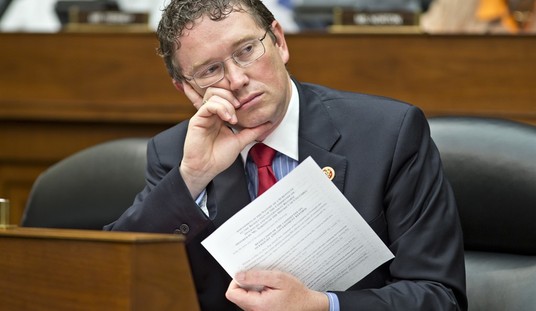
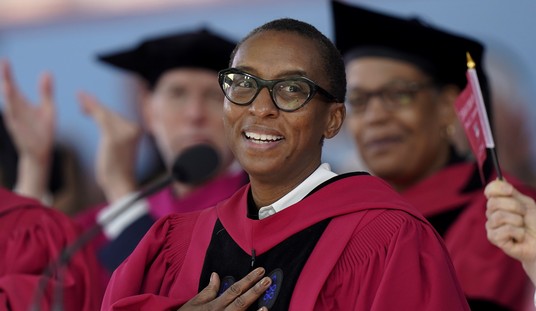
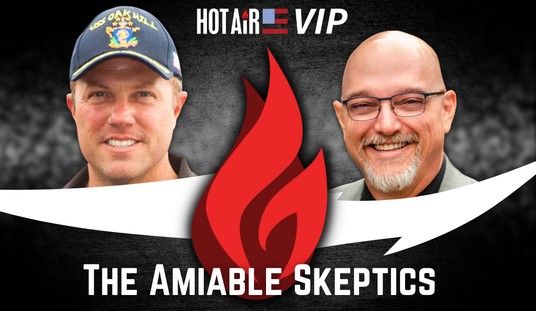
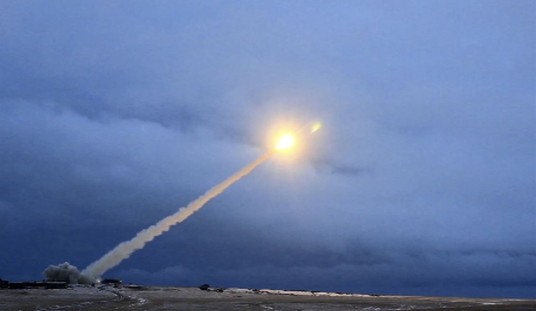
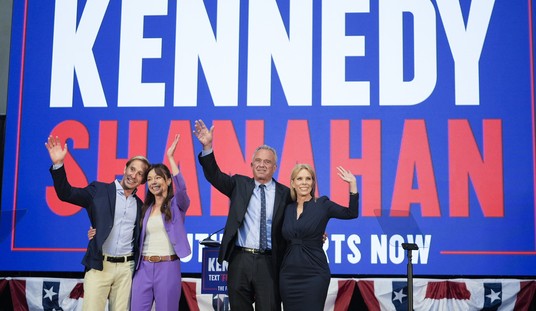
Join the conversation as a VIP Member